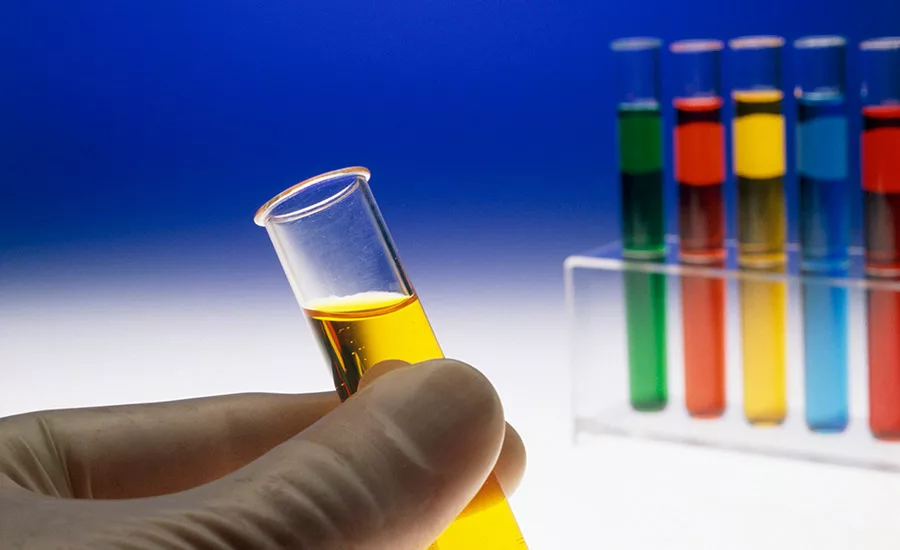German Adhesive Association Releases Trends in Key Adhesive Raw Materials Report
Demand for base chemicals remains high in Asia and the U.S.

The German Adhesive Association recently announced it has released a report on the trends in key adhesive raw materials. Although some may say that the current global political climate could best be described as tense and volatile, the relevant business barometers indicate that the world economy is performing robustly, indicating that business will continue to pick up around the globe.
Allegedly, demand for base chemicals remains high in Asia as well as the U.S., where―as a logical consequence of supply and demand mechanisms―the prices for commodities are higher than those that can be obtained on the European market.
The disparity in prices achievable on the Asian and U.S. markets and those to be had on the European markets could mean that the tonnages imported to Europe are down, partly because commodities are also being exported from Europe to more lucrative markets in other regions.
The availability of adhesive raw materials was and will also reportedly be further impacted in Q1 and Q2 by planned overhauls―as well as unplanned stoppages―in cracker plants in Asia as well as in the facilities dedicated to the production of base chemicals.
Taken as a whole, all of these factors could combine to restrict the availability of key raw materials in Europe, which could lead to shortages, along with the attendant price rises.
According to the report, during the first quarter, prices for ethylene, propylene, butadiene and styrene rose appreciably worldwide, although the actual availability and price levels varied from region to region. Butadiene prices recorded historic highs in Asia, while ethylene ranked lower on the price scale in the U.S. than in Asia. When the production restrictions for downstream products (e.g. vinyl acetate) are factored in, costs for adhesive raw materials have been driven up still further around the globe. The impacts are evident in acrylates, vinyl acetate-based raw materials, and more particularly in SBS and SIS polymers, especially as the prices for natural rubber have also been climbing. Also affected are almost all solvents of key importance to the adhesives industry.
Regarding polyurethane systems, availability in Europe can be affected not just by rising prices for isocyanates but also by the negative effects of arbitrage.
As a possible result, formulation costs are rising across the board, reportedly affecting virtually all water-based, solvent-based and PUR adhesives, as well as primer systems.
The report concludes that restricted availability of commodities coupled with sustained demand has pushed up raw materials prices, with inevitable consequences on the formulation costs for adhesives, and current market bottlenecks can only be expected to ease when the raw material prices on the Asian, U.S. and European markets begin to converge once again.
For more information, visit www.klebstoff-presse.com.
Looking for a reprint of this article?
From high-res PDFs to custom plaques, order your copy today!



